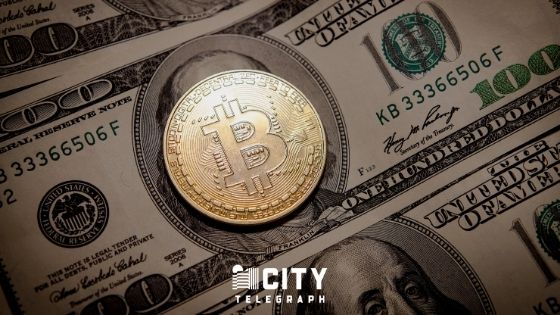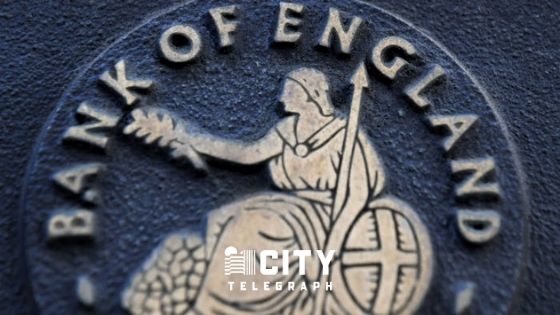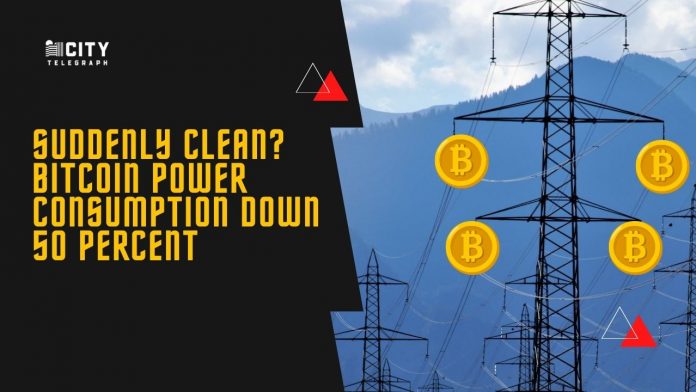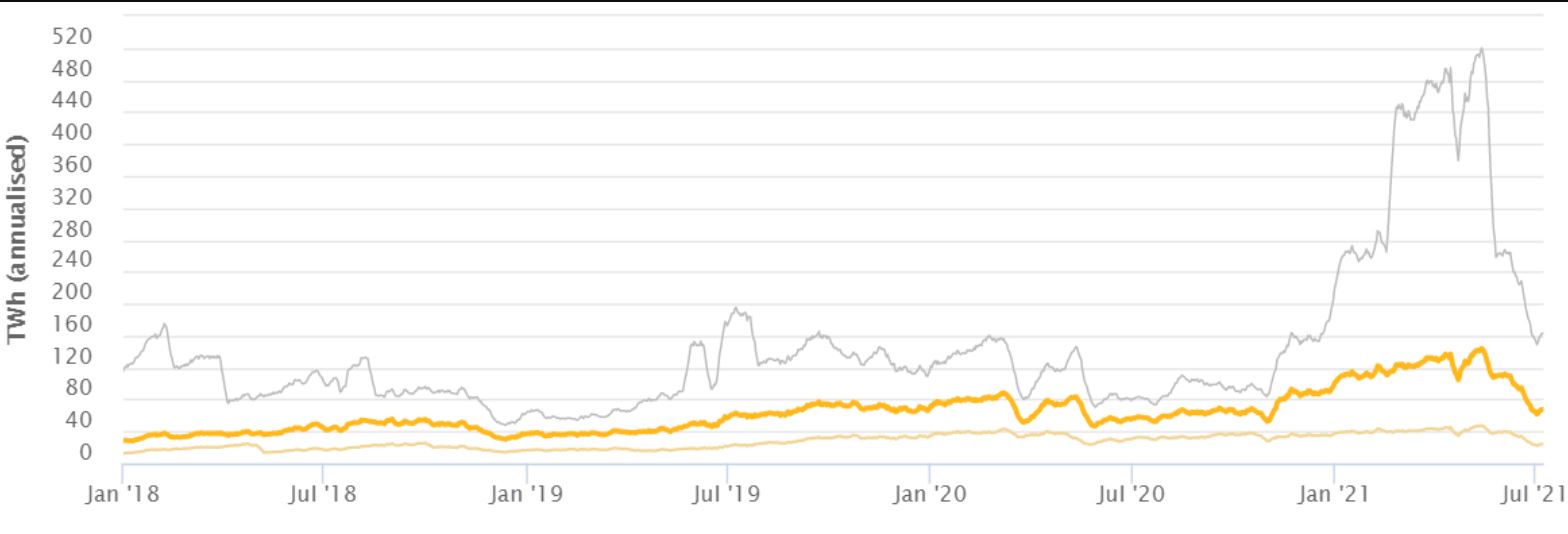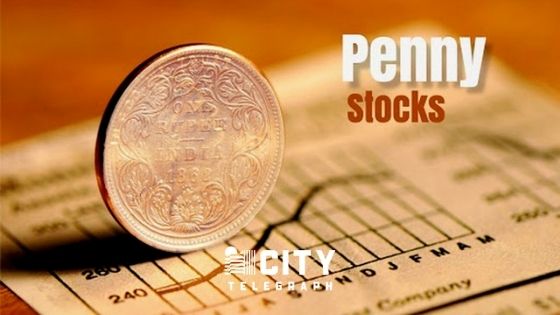Make money with falling stock prices? You can do that with reverse index certificates. In this guide we explain exactly how you can achieve returns with certificates against the trend and where to find the best reverse index certificate – this is how certificates work.
What is a Reverse Index Certificate?
With Reverse Index Certificates (also called Bear Index Certificates or Inverse Index Certificates) investors achieve returns with the negative performance of an index. A reverse index certificate therefore shows the inverted performance of an index. This is measured from a certain price mark, the base price (also reverse level). When the certificate is issued, this base price is set well above the current index level – roughly twice the level of the index. The price of the certificate is then the difference between the base price and the current index level. Falling index levels therefore increase the price of the certificate, while a rising index has the effect of reducing the price. Due to the fixed base price, falling prices of the certificate result in a leverage effect that is all the greater
Reverse index certificates must not be confused with index certificates on so-called short indices, such as index certificates on the ShortDAX index. Although investors with these certificates also participate in falling prices, their constant leverage means that they have a different risk / reward profile.
When is it worth Investing in a Reverse Index Certificate?
Investors can opt for a reverse index certificate if they expect the underlying index to decline. Reverse index certificates are usually issued without a time limit and are suitable both for pursuing short-term trading strategies and for temporarily hedging a portfolio.
What are the risks of Reverse Index Certificate?
There is a risk of investing in reverse index certificates in rising prices of the underlying asset – this leads to losses in the certificate. Another risk lies in the possible leverage effect of the product: If the index has already risen significantly when the certificate is purchased and is tending towards the base price, then the certificate is cheaper than a comparable direct investment (i.e. the covered short sale of the underlying) and consequently has a Leverage on. The closer the index gets to the strike price, the higher the leverage. In the worst case, if the base price is touched or exceeded, the reverse index certificate expires worthless and investors suffer a total loss.
Investment in a Reverse Index Certificate
Investors who assume that the ABC share index will fall in the future can benefit from a reverse index certificate if this forecast occurs. In order to achieve the reverse mapping of a stock index, a base price (reverse level) is first set at which the inverted performance of the index is shown.
If the ABC index is quoted at 10,000 points on the day of issue, the issuer sets the strike price at twice this value. The definition of the base price with a large difference to the current index level serves to ensure that the product (at least initially) does not have any leverage effect.
If you subtract the index level from the base price (20,000 – 10,000 index points), the result is the value of the short position in the index of 10,000 points. The price of the reverse index certificate is based on this value, multiplied by the subscription ratio; it is 100 euros. At this point in time, the leverage that results from the comparison with an alternative direct investment is by definition -1.
In addition, the reverse index certificate is equipped with a barrier below the base price, which serves to avoid the so-called gap risk for the issuer. The issuer always takes on this when the underlying closes just below the strike price. It consists in the fact that the underlying could open above the strike price on the next trading day and the issuer suffers losses if its hedging position is liquidated. In principle, this barrier has no influence on the price of the certificate.
If the index falls by 500 to 9,500 points, the price of the reverse index certificate rises to 105 euros; the leverage, however, decreases as the certificate price increases. If, contrary to expectations, the index should rise by 1,000 points to 11,000 points, the price of the certificate will drop to around 90 euros. The reduced price also means a higher leverage effect.
Investors participate in a reverse index certificate from sharply falling index levels up to a (more theoretical) index level of zero points. In this case, the repayment amount or sales proceeds of the reverse index certificate would correspond to the base price (reverse level) multiplied by the subscription ratio of EUR 200. If, on the other hand, the underlying index rises to or above 20,000 points, investors in the reverse index certificate suffer a total loss.
How do Reverse Index Certificate work?
Since the issuer generally does not enter into an opposing position to the investor, he hedges himself in the market. The easiest and fastest way to hedge a reverse index certificate is to sell the underlying asset short.
However, instead of borrowing all 30 DAX shares in the current weighting from another market participant and then selling them short with a reverse index certificate on the DAX, the issuer will take a short position in the corresponding DAX future. Futures are also used to avoid delivery and storage problems with raw materials. The futures market not only offers permanently high liquidity, but also the lowest transaction costs, so that reverse index certificates can be offered with moderate bid-ask spreads. (Also Read: Slack wants to expand everyday digital work with new functions)
Important: the more liquid a future and the underlying stock market, the smaller the bid-ask spread.
Only if no index future is available or if it is not liquid enough, the index is replicated via direct short positions in the individual stocks (or the representative stock baskets). However, this can result in additional costs for the issuer. Alternatively, short positions in individual stocks, for example a basket of stocks, may not or temporarily not be mappable.
Basically, the more specific the index construction and the lower the liquidity and market capitalisation of the individual index components, the greater the costs for the issuer of hedging. As a rule, the transaction costs incurred are passed on to the investor in the form of an annual management fee.
If the investor sells his reverse index certificate back to the issuer at any point in time, the issuer immediately dissolves his hedging position. If an investor withdraws from the reverse index certificate with a large profit, the issuer is always in a position to actually pay out this amount thanks to his hedging – after all, he holds the same position as the investor. If, on the other hand, the issuer’s position is in the red because the market has risen, then investors also realise a loss. In principle, the issuer acts free of conflicts of interest through its hedging transactions. (Also Read: Big discount in valuation: are quality stocks on the verge of recovery?)
Price factors for Reverse Index Certificate
- The price of a reverse index certificate is subject to fluctuations, for which changes in the price of the underlying asset – i.e. the index or commodity – are responsible.
- Since the product structure of reverse index certificates does not contain any option components, the sensitivity indicators for options are not relevant here.
- The only influencing factor on the price of the reverse index certificate is the price development of the underlying (key figure: delta).
- Falling prices of the underlying have a positive effect, while rising prices have a negative effect on the price of a reverse index certificate.
- The treatment of dividends within an index is regulated by the index concept (price or price index vs. performance or total return index).
- A change in the dividend expectations for individual or all index components does not affect the price of a reverse index certificate.
How to find right Reverse Index Certificate
Investors should develop a differentiated market assessment before buying, as reverse index certificates are only suitable for falling markets. With regard to their individual willingness to take risks and expected returns, it makes sense for investors to deal in detail with the dividend treatment in the index concept (performance or total return index vs. price or price index?), The degree of diversification (how many companies from how many sectors which countries are included?) and the existence of currency hedging .
If some or all of the shares in an index are quoted in a foreign currency, the investor with the index certificate assumes an exchange rate risk . Investors who want to hedge against currency effects should choose exchange rate-hedged Quanto Reverse Index Certificates. The quanto mechanism eliminates all risks, but also the chances of exchange rate changes, in favor of increased calculation security. Since the hedging of Quanto Certificates is complex, the issuer will usually charge an annual Quanto fee. When investing in raw materials, special features and additional risks must also be observed.
When it comes to the term , investors should make sure that they use a reverse index certificate with an unlimited term. However, in accordance with the conditions of the sales prospectus, the issuer generally reserves the right to terminate the certificate under certain conditions, regardless of the theoretically infinite term, and then to repay it at an officially determined settlement price.


